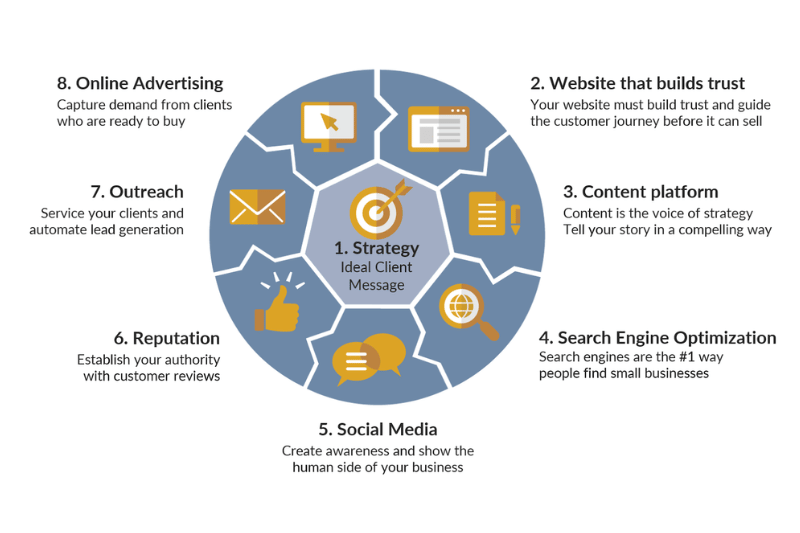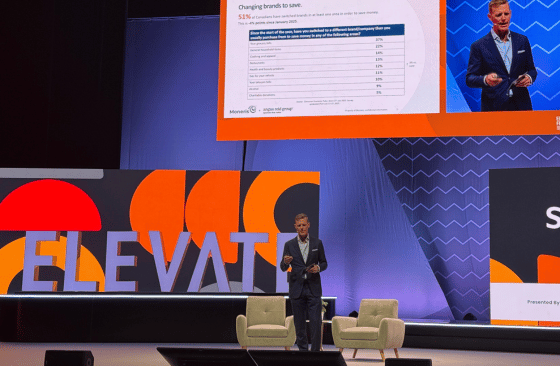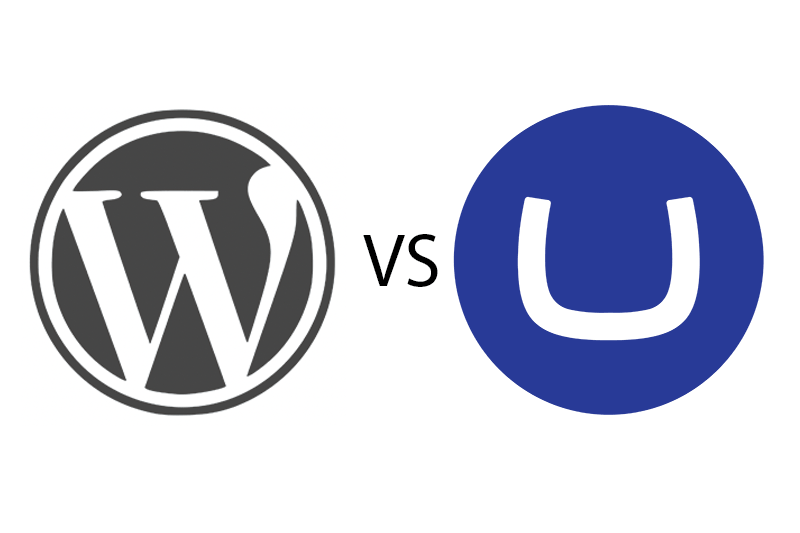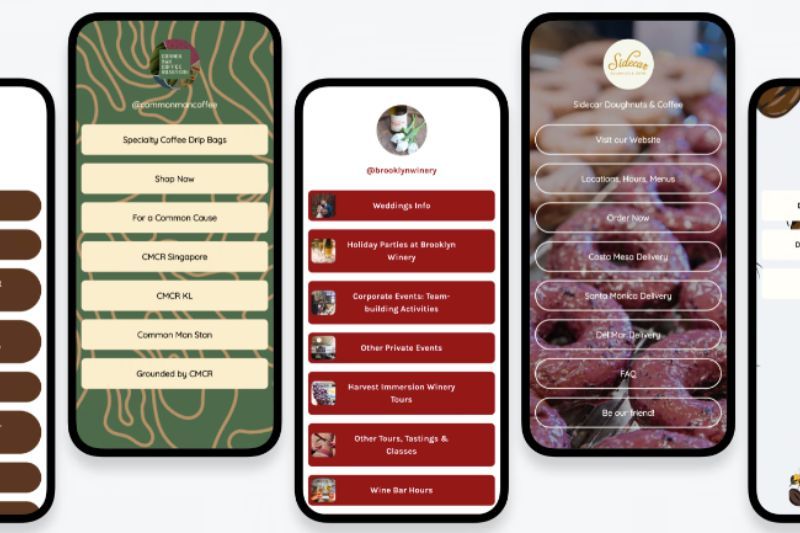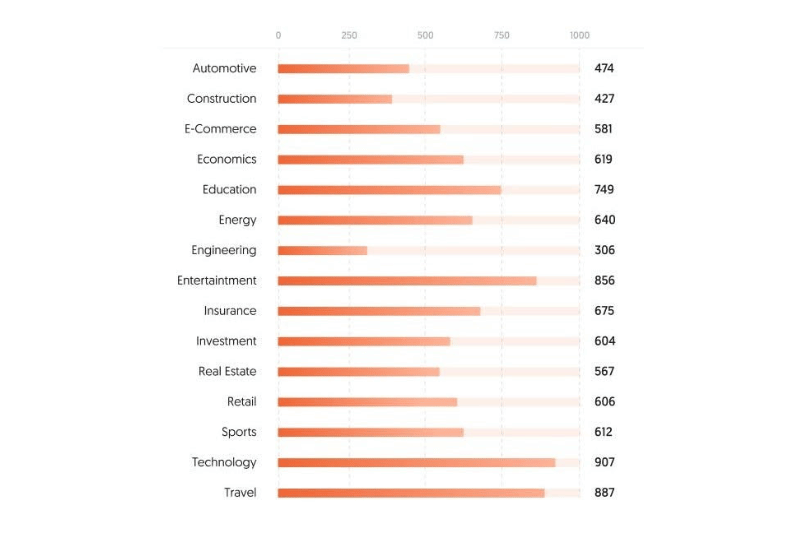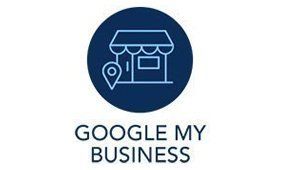Email Marketing Strategies for a More Successful Outreach Campaign
Email marketing is one of the most effective promotional methods that can be used to successfully connect and communicate information with new and existing clients.
This form of digital marketing involves sending emails such as newsletters, product or business announcements, promotional sales, useful or educational information and other content you wish to share with your customers.
However, before you decide to send out emails, here are the different types of eCommerce email marketing there is as well as some tips to consider to help you create engaging emails.
Email Marketing Types
Emails are still one of the best channels to use for your business. Here are the different types of marketing emails you can send, along with the pros and cons of each email strategy.
Welcome Email
The welcome email is your first initial contact with a potential customer. This email is meant to introduce your business and get off on a good first impression. You want to show your industry knowledge and expertise and don’t want to get too salesy right off the bat.
Welcome emails are the first steps toward creating a relationship with a potential customer. They create a positive experience, so they will be more receptive to future emails. They also boost metrics. Welcome emails often have much higher open and click-through rates than traditional emails.
Email Newsletter
An email newsletter is often the foundation of a good email marketing strategy. It allows you to nurture your existing contacts while improving customer loyalty and increasing sharing to attract new people. When creating an email newsletter, consider what you are trying to achieve. For example, do you want to drive website traffic to a specific page? Then include the right links and then closely monitor your click-through rates.
A big advantage of an email newsletter is to build brand awareness and customer loyalty and also allows you to repurpose content. However, some newsletters become jumbled with too many CTAs, and the attention of your subscriber might be directed to several places with no real focus. To counter this, consider the layout of your newsletter and make sure you prioritize the right information.
Transactional Newsletter
Transactional emails are triggered by an action your contact has taken. This email helps them complete that intended action. Transactional emails are those that may confirm an order that was just made or provide shipping information for a recent purchase.
A big advantage of an email newsletter is to build brand awareness and customer loyalty and also allows you to repurpose content. However, some newsletters become jumbled with too many CTAs, and the attention of your subscriber might be directed to several places with no real focus. To counter this, consider the layout of your newsletter and make sure you prioritize the right information.
Email Marketing Strategies
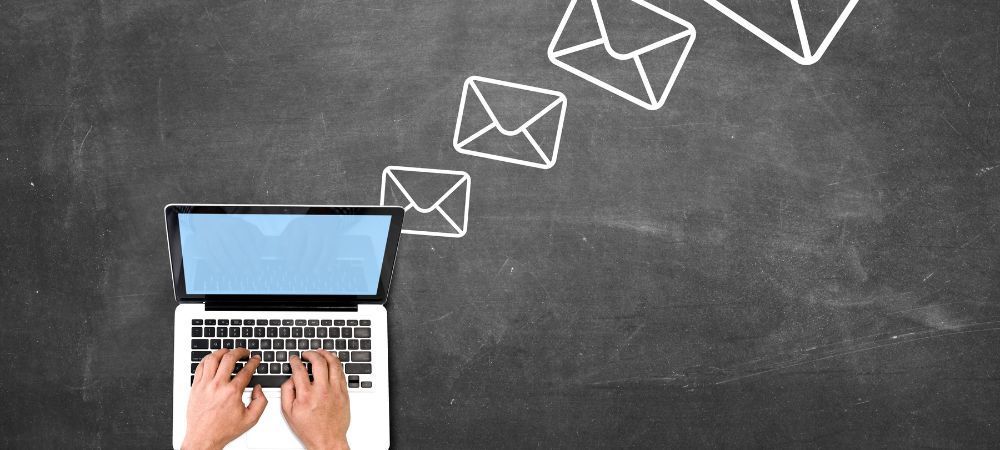
When coming up with a successful email marketing strategy, you must start by identifying your target audience, building your subscriber list, segmenting that list, creating emails that align with your brand, and then figuring out your goals and how to measure the success of each email marketing strategy you employ.
Here are our tips for more successful email marketing strategies overall.
1. Make Your Email Mobile-Friendly
Everyone has a smartphone, and they are likelier to open their email on their phone rather than on their computer. Before sending out your emails, it is essential to make them mobile-friendly. Ensuring that an email is mobile-friendly will improve its clarity on all devices.
2. Limit the Overuse of Graphics
Consider using larger fonts, smaller images, and a simple one-column layout to make your email mobile-friendly. Avoid overusing graphics and pictures because these can create a confusing design that can make your email appear too cluttered and unclear.
3. Craft Attractive Headers
Aside from the actual content or body of the email, it is essential to create an attractive header. This component of the email holds a very important position, as it indicates where the email is coming from and signifies the email's topic.
Attention grabbing headers have the potential to persuade your readers to click on your email, read its entire contents, and click on your call to action. The result can be a sale or anything that leads the consumer to your website.
4. Avoid Abusing Subject Lines and Optimize Them
Though an email header plays a significant role, so does the subject line. Place relevant words at the beginning but keep it simple, precise, and to the point. Avoid abusing it and overloading it with unnecessary information.
The subject line should be between 50 and 60 characters. Only use actionable and powerful words and set the expectations for the body of the email. It is also a good idea to use subscriber names in the subject line to add more personalization to your email content.
5. Segment Your Email List
The purpose of email marketing is to send emails. However, it is the quality of the emails as well as the frequency that can affect your email list. To avoid seeing a decline in subscribers, which can impact your email marketing campaign, segment your email list.
Performing this action will allow you to send targeted emails to new customers or loyal customers. In addition, segmentation will help to limit the number of emails individuals on your list receive.
Use a sign up form to gather the information you need. Find out what industry or position your subscribers work in, how often they want to receive emails, where they are located, and what of your products or services interest them the most.
6. Reduce the Frequency of Emails
You will likely see fewer "unsubscribe" notifications if you segment your list. People want to feel understood, and so they want the emails they receive to be relevant. They don’t want their inbox overloaded with messages they don’t want to read or aren’t interested in. Sending fewer, well-crafted emails will increase your chances of not only staying out of the “Trash” folder but also being read.
7. Find the Right Time to Send Emails
Considering all the time, effort, and resources spent creating emails, you definitely want it to perform as it should. To achieve a successful email campaign, it is pivotal that you identify the right times for sending emails. By identifying this, you will be able to receive more opens, peruses, and clicks with your email.
According to studies, some of the best times to send emails are between 10 am and 11 am in the morning. However, it depends on your audience and the content you offer.
8. Test Your Emails Before Sending
Additionally, if you are anticipating more clicks or shares with your emails, be sure to test it before you send it. This trial period will allow you to view it before distribution, isolate any issues with links or wording, and correct these errors promptly. Properly functioning emails increase engagement and improve your chances of captivating clients.
A few elements you want to test include your email subject lines, email copy, CTAs, links you include within each email, actually sending the emails, and the type of content you feature. Check each element one at a time and switch things up every once in a while. This means sending a blog post one day and a video series the next.
9. Personalize Like a Friend
When you are writing an email, make it personable. Keep it light and friendly. Greet your readers, and entice them with an inviting subject line and well-written content. Readers love to be welcomed but also intrigued. This stage is where segmenting your email list and sending messages to the right recipients becomes crucial. Friendly yet targeted content will keep readers interested and willing to open and share your emails consistently. Click-to-Tweet.
Again, use subscriber names in the subject line and promote content based on the subscriber’s behaviour. You can also look at their previous purchases and recommend products based on that information. Additionally, abandoned cart notifications can be used to lock in sales and personalized and automated emails can streamline your sales funnel.
10. Don’t Forget the Unsubscribe Button
Although creating warm and friendly emails is important, it is also critical to include an unsubscribe button. This link gives your subscribers the option to remove themselves from the list and gives them a sense of authority, allowing them to choose to continue receiving your emails.
11. Regularly Clean Your Email List
A big issue many digital marketers face has to do with email deliverability and an inactive subscriber. To avoid these issues, you must regularly clean your email subscriber list. Remove email addresses from your contact list that are no longer engaged or who have unsubscribed.
Remember, it is the quality of your email list rather than the quantity. Those who aren’t interested and aren’t removed may end up marking your content as spam.
12. Make Sure to Provide Value
Every email must provide value to your subscribers. This makes it more likely that they will click on, open, and read the emails you send. Think about what your target audience needs and then build your email marketing strategy around those needs or pain points.
To ensure you provide value each time, you can allow new subscribers to select the kind of content they receive when signing up for your email list. You can also survey your customers to see what they are looking for and invite subscribers to respond to your emails with any opinions they may have.
13. Optimize Your Call to Action
The call to action is what really affects your email click-through rates as well as your conversion rates. Weak CTAs result in fewer visitors and less action. Try experimenting with different buttons and text CTAs and see if your writing is compelling enough for people to click on. Start with a strong command or action like purchase or download.
You also want to try to evoke some kind of emotion and give them an incentive to click. For example, offer some kind of short-term promotion or offer they can’t resist. When crafting a CTA, you also need to use specific language. This means giving your readers an idea of what you are sending them.
14. Share User Generated Content
Another powerful tactic when it comes to developing a more than successful email marketing campaign is word-of-mouth marketing. User generated content consists of customer photos, reviews, videos, and personal stories. Adding this user generated content to your emails can enhance your click-through rate significantly.
15. Connect via Social Media
Social media is another powerful and effective email marketing tool. There are various digital marketing channels you can use to interact with your target audience and extend your brand's reach.
When using social media, be sure to include your CTA on your channels, email newsletters, and other email campaigns. You can also share that same content on your social media platforms via a shareable link.
Create your sign up form and then share it on social media. This can grow your target audience across multiple channels. Links in social media welcome emails to your new subscribers are also a good way to engage.
16. Encourage Inactive Subscribers to Engage
It isn’t uncommon for subscribers to disengage from time to time. It may be to your benefit to try to get them engaged once again. Remember, it is more cost-effective to try to keep your existing customer rather than having to find new customers. When trying to re-engage your subscribers, offer something new and exciting.
Use language and offers that are sure to grab their attention. Remind them of your business's value, highlight new content, invite your audience to engage and answer questions, or use a special occasion or holiday to reconnect.
17. Run a Trigger Based Campaign
A trigger-based campaign is simply sending a series of marketing emails based on customers' actions. This is a good way to maintain communication with your subscribers and can be used as an alternative to an email newsletter or new promotional offer. Some triggers to focus on when using this digital marketing tactic are behaviour, demographic, and time-based triggers.
18. Track Your Metrics
Finally, no email marketing campaign will be successful unless you track your metrics and rate your performance. This information helps you improve on future campaigns and can help with your unsubscribe rate, bounce rate, and cart abandonment issues.
What Is a B2B Email Marketing Strategy?
With a B2B email marketing strategy, you send email campaigns to a business rather than an individual buyer. You are essentially engaging sales prospects or B2B buyers through email. This gives you the opportunity to tell them about your products and turn them into qualified leads.
Developing a B2B email marketing strategy is similar to regular email campaigns for your business. You still use email targeting to reach people more effectively, and you also use email segmentation in much the same way.
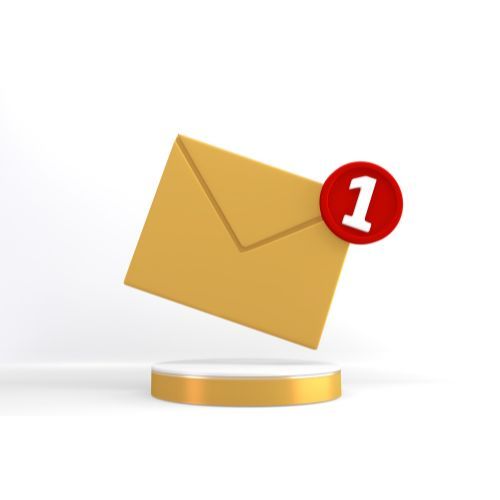
When targeting customers for a B2B email marketing strategy, however, you are looking at the company’s buying center. This buying center includes initiators, users, buyers, deciders, gatekeepers, and influencers. B2B targets are groups rather than individuals, and each group has a different role you need to target with your marketing email.
Should You Use an Email Template in Marketing?
An email template can prove beneficial as it helps reduce the risk of sending a wrong message or failing to include important information. An email template also means you don’t have to think about the components of each email, like the colour scheme and social media.
Each email is more consistent. Email templates and automation can also help achieve higher email engagement, better conversions, and more revenue.
*If you are uncertain about how to approach eCommerce email marketing, find yourself a team of digital marketing experts. These experienced agencies can help you design and implement an email marketing campaign, and they will ensure it's been carefully crafted and tested to be effective.
Do you have any questions on the above, or would you like to share your experience? Just email ideas@mawazo.ca or call +1 (833) 503-0807.
At Mawazo Marketing we work with owners of B2B companies who want to accelerate their business. We help them with a concrete digital growth plan, a website that saves operational cost, and a digital marketing system that generates leads. For qualifying clients we offer a 5x ROI guarantee: if we don't reach the objective, then we pay back the difference. Book a Free Strategy Session to find out more.
